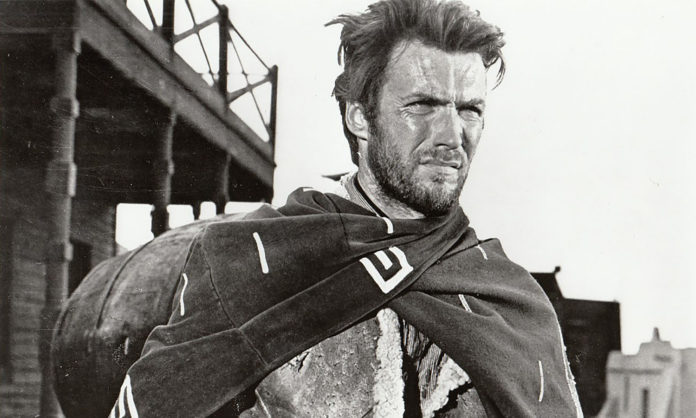We love our antiheroes but they are challenging to write well. There’s a fine line between antihero and villain that is crossed on a regular basis, without repercussion. Audiences go beyond understanding characters like the Joker, Hannibal Lector, and Norman Bates and instead start rooting for them. Culturally, we’ve become jailhouse brides for the Manson family.
There’s still room for the classic antihero, if you care to write one. The character who does the right thing for the wrong reason. The hero who has good intentions but fatal flaws. The protagonist who lacks altruism due to bitter experience, not a lack of human empathy. In a post on Writers Helping Writers, Lucy Hay offers five tips for creating great antiheroes.
- Make them manipulative. Antiheroes might use violence to achieve their ends, but subtlety and manipulation are often their first gambits.
- Make them dramatic. When an antihero uses verbal or physical violence, it’s often over the top. They want to shock, confuse, and rattle their enemies.
- Give them convictions. The antihero believes he is right or at least believes he has no choice, even when bodies pile up or other problems arise in their wake. Alternatively, they might be right, but choose the wrong methods to achieve their ends.
- Make them ruthless. Antiheroes will do almost anything to achieve their ends. They might feel bad about it later, but they won’t hesitate.
- Make them logical. Give your antihero strong beliefs and motivation and logic to back them up.












